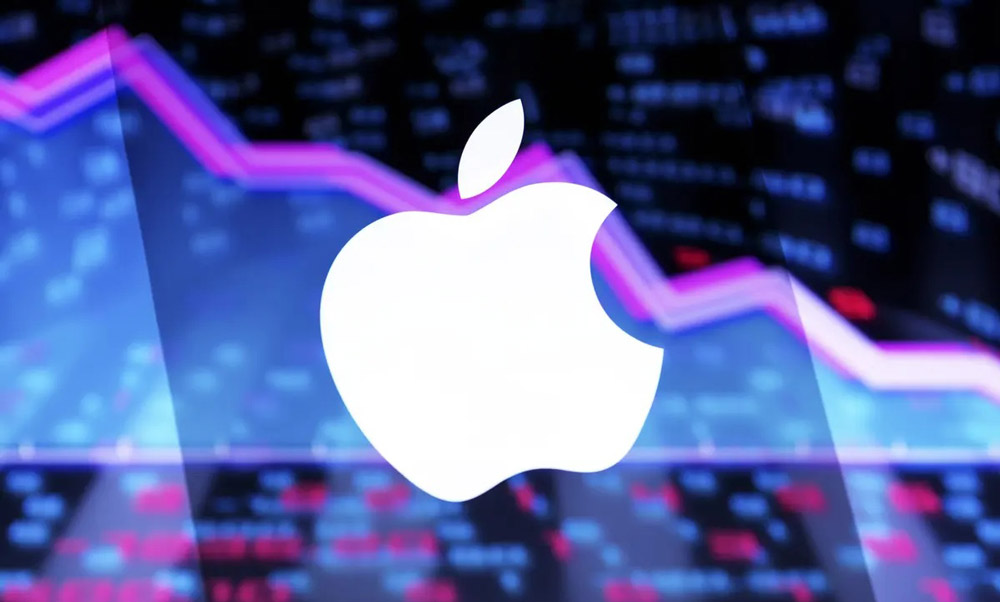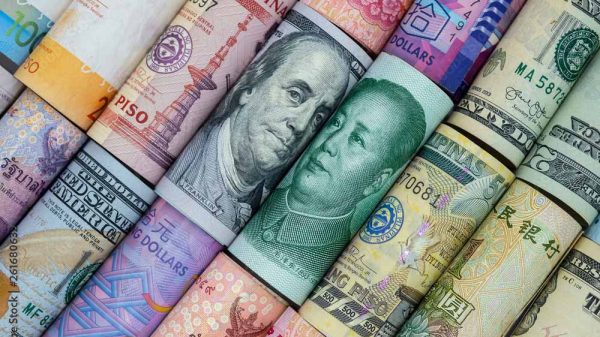Apple, one of the world’s largest technology companies, has ambitious plans to expand its operations in India, a country that has become a vital part of its strategy to reduce dependency on China. However, these plans could face significant headwinds as U.S. President Donald Trump’s proposed reciprocal tariffs on Indian exports threaten to derail the tech giant’s progress in the South Asian nation.
India: A Key Player in Apple’s Supply Chain Diversification
India has emerged as a cornerstone of Apple’s “China+1” strategy, which aims to diversify its supply chain and reduce its reliance on China. Currently, Bank of America analysts estimate that approximately 15% of Apple’s iPhones are manufactured in India, with plans to scale this further. In addition to iPhones, Apple has begun manufacturing other products, such as iPads and AirPods, in India.
Apple’s success in India is seen as a case study for how foreign companies can thrive in the market. The company has also invested in retail expansion, opening four flagship stores in India in 2023, a move that highlights its commitment to the country.
However, this success story is now at risk. Analysts at Bernstein warn that the proposed U.S. tariffs on Indian exports could make electronics manufactured in India, including iPhones, less competitive compared to those produced in other countries such as China and Vietnam.
The Impact of Tariffs on Apple’s Operations
Trump’s administration has long criticized India’s high import tariffs, which currently average 11.5% — among the highest in Asia. The proposed reciprocal tariffs could lead to a significant cost increase for Indian-made electronics, including iPhones exported to the U.S.
Bank of America analysts predict that these tariffs will likely drive up the price of iPhones, which could hurt consumer demand and ultimately challenge Apple’s return on investment in India. Venugopal Garre, Bernstein’s head of India research, cautions that such tariffs could deliver a blow to India’s burgeoning electronics industry, potentially reversing the “China+1” narrative.
This is particularly concerning as India currently offers tariff-free access for U.S. electronics, providing a competitive advantage for American manufacturers. If the U.S. imposes tariffs, this imbalance could create significant challenges for Apple and other companies relying on India’s manufacturing ecosystem.
India’s Role in Global Manufacturing
India has positioned itself as a leader in global manufacturing, attracting investments from major players like Nvidia, AMD, and Micron. Apple CEO Tim Cook has cultivated a strong relationship with Indian Prime Minister Narendra Modi, leveraging this partnership to expand Apple’s footprint in the country.
While India is critical to Apple’s diversification efforts, the company has also been exploring other manufacturing hubs such as Vietnam. Experts suggest that Apple may need to further diversify its supply chain to mitigate the risks associated with geopolitical tensions and tariff wars.
Patrick Moorhead, co-founder of TheSixFiveMedia, believes Apple has the flexibility to shift production between India, China, and Vietnam if necessary. However, such adjustments are costly and time-intensive, taking three to five years to fully establish operations in a new country.
The Bigger Picture: Trade Relations Between the U.S. and India
The proposed tariffs come at a time when trade relations between the U.S. and India are under strain. Despite a seemingly successful meeting between Trump and Modi last month, negotiations have stalled. India’s Commerce Minister Piyush Goyal recently proposed concessions to reduce tariffs on U.S. imports, but Trump’s administration appears unwilling to back down.
The widening U.S.-India trade deficit and India’s reluctance to lower its overall tariff rates have further complicated discussions. Analysts fear that escalating trade tensions could have a ripple effect on industries beyond technology, potentially impacting sectors like textiles and pharmaceuticals.
What Lies Ahead for Apple and India?
As the April 2 deadline for Trump’s reciprocal tariffs approaches, the stakes are high for both Apple and India’s manufacturing ambitions. While supply chain flexibility may allow Apple to weather the tariff storm, India’s vision of becoming a global manufacturing hub could suffer setbacks.
For now, Apple’s next moves will likely depend on the outcome of ongoing trade negotiations between Washington and New Delhi. If the tariffs are implemented, Apple may be forced to reassess its manufacturing strategy in India, potentially shifting more production to other countries.











